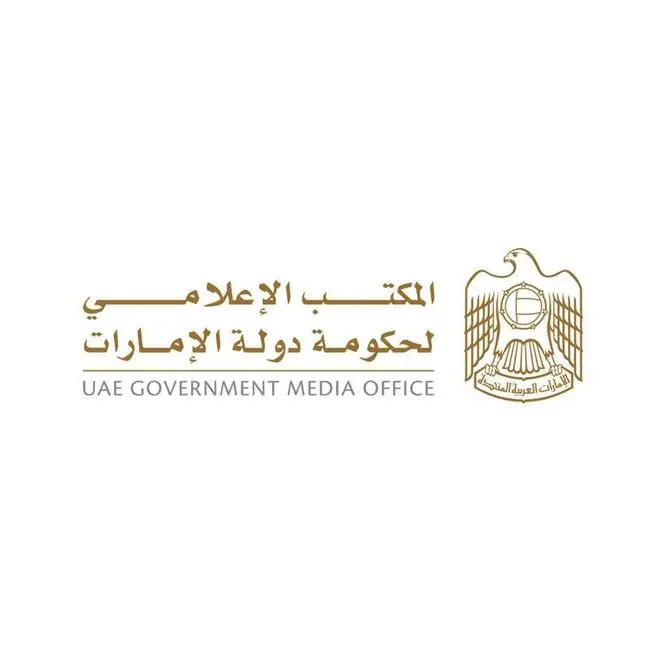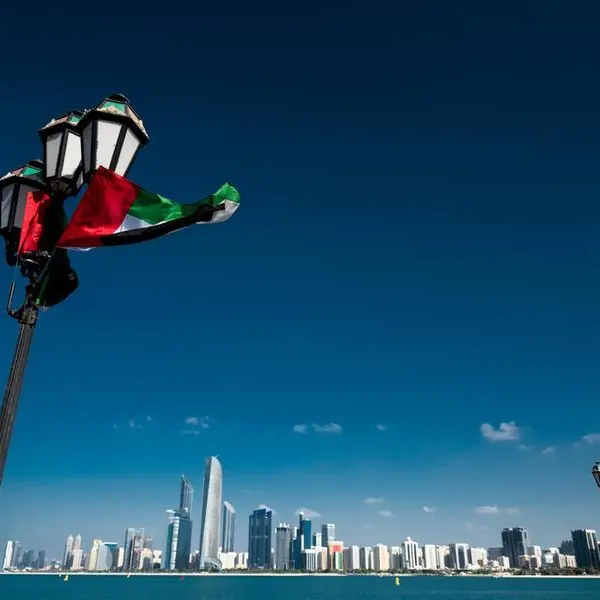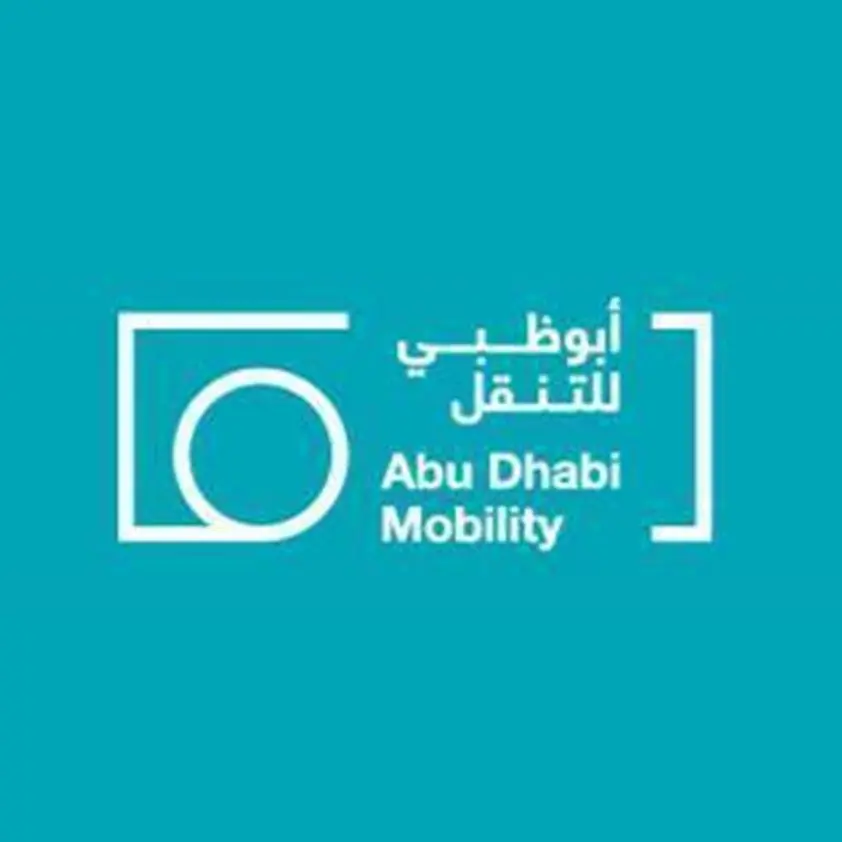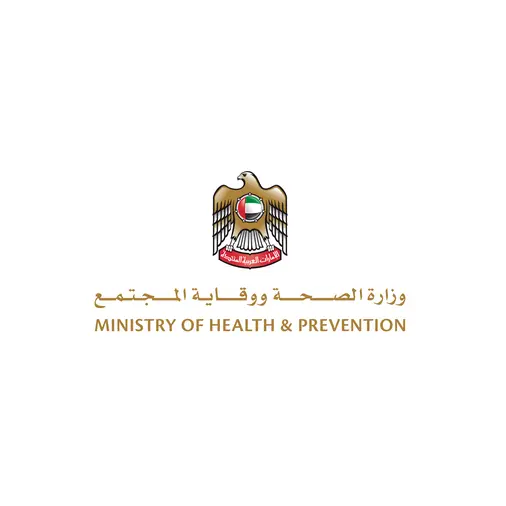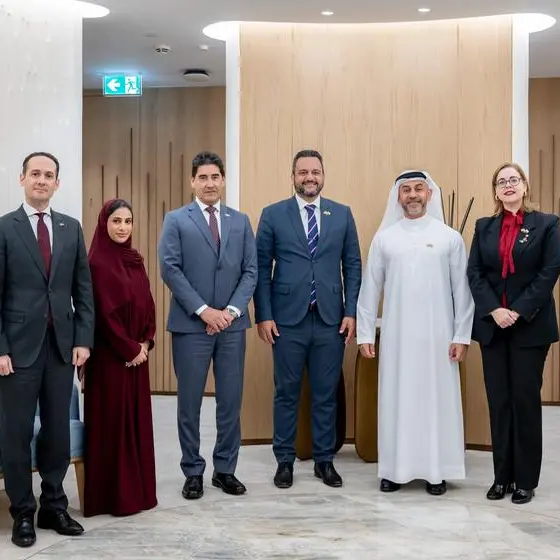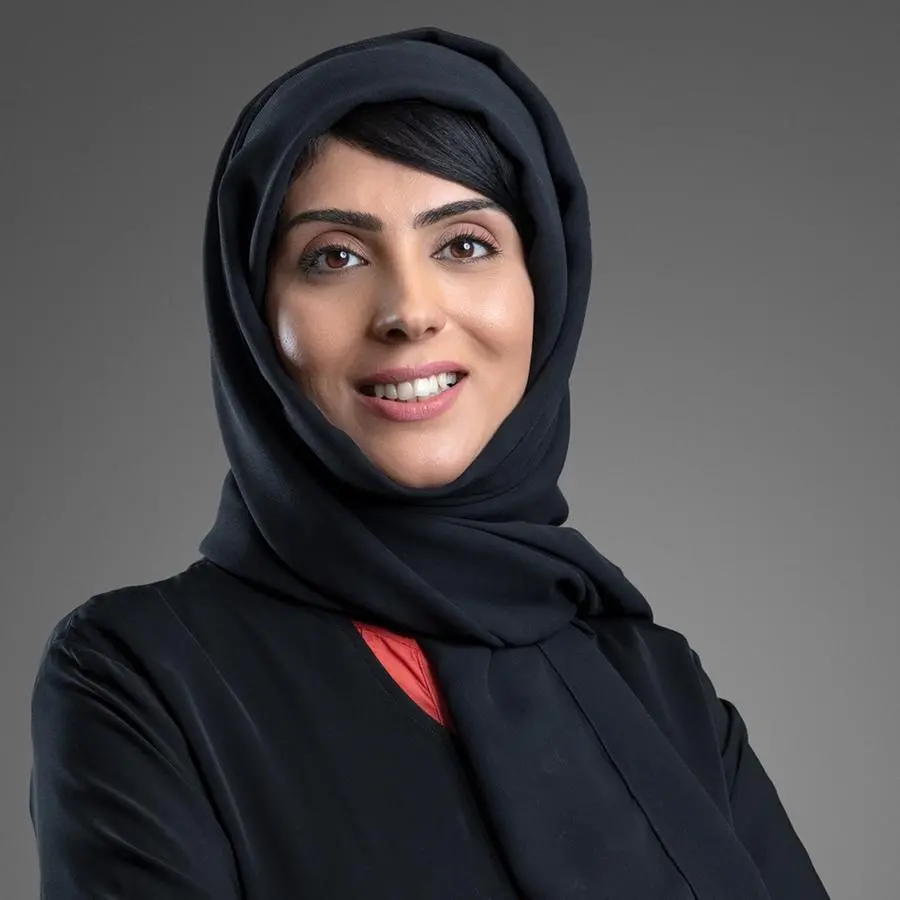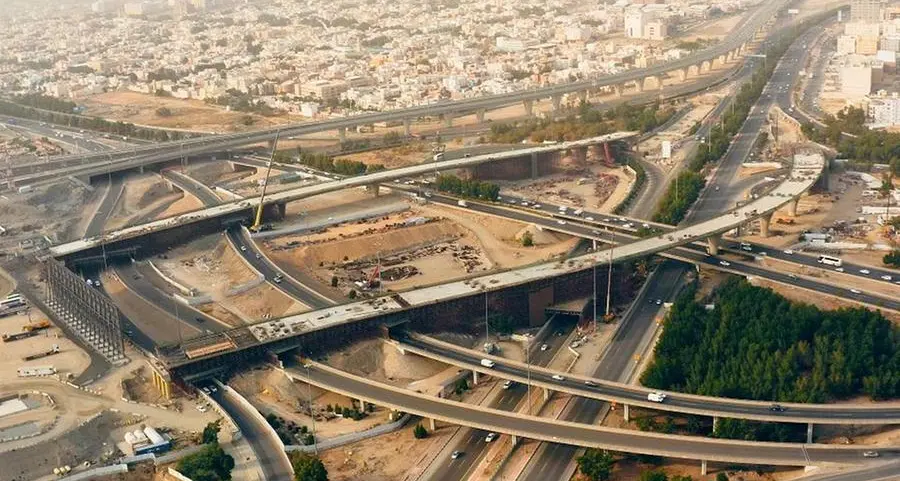PHOTO
- Crew-6 undocked the spacecraft from the space-facing port of the International Space Station’s Harmony module at 3:23 PM UAE time.
- The relocation was completed in 38 minutes, with the spacecraft docking at the station’s forward Harmony port at 4:01 PM UAE time.
Dubai – UAE: The Mohammed Bin Rashid Space Centre (MBRSC) today confirmed astronaut Sultan AlNeyadi along with his Crew-6 crew members successfully completed the mission to relocate the SpaceX Dragon spacecraft on the International Space Station (ISS). This is the third port relocation of a Dragon crew spacecraft, following previous relocations during the Crew-1 and Crew-2 missions. AlNeyadi participated in the mission along with the Crew-6 members, NASA astronauts Stephen Bowen and Warren Hoburg and Roscosmos cosmonaut Andrey Fedyaev.
The mission began at 3.23 PM UAE time, with the Crew-6 members undocking the Dragon spacecraft from the space-facing port of the Harmony module on the ISS. After undergoing a series of manoeuvres over the course of 38 minutes, the crew docked the spacecraft with the station’s forward Harmony port at 4:01 PM UAE time.
The relocation of the Dragon spacecraft was supported by the Mission Control Centre at NASA’s Johnson Space Centre in Houston, SpaceX in Hawthorne, California and monitored by the MBRSC team. The relocation freed up the Harmony module’s space-facing port for the docking of the next Dragon cargo spacecraft set to launch in June. The zenith port on Harmony will now allow the Canadarm2 robotic arm easier access to the International Space Station Roll-Out Solar Arrays, or IROSAs, that will arrive on SpaceX’s 28th commercial resupply mission for NASA for installation through a series of spacewalks.
Prior to the mission, the Crew-6 joined each other earlier on Tuesday and checked the pressure suits they wore for today’s short ride inside the Dragon spacecraft. The team had also reviewed the relocation procedures, checked vehicle hatches, and configured the spacecraft cabin to ensure the smooth completion of the mission.
Adnan AlRais, Mission Manager, UAE Astronaut Programme, MBRSC, remarked, "The successful relocation of the Dragon spacecraft, skilfully executed by the Sultan AlNeyadi and his fellow Crew 6 team members, marks a new accomplishment for Expedition 69. By supporting the mission and maintenance of the ISS, we are advancing scientific endeavours on the space station. Over the coming months, we eagerly anticipate the continuation of innovative collaborations, missions, and experiments that will enrich humanity's knowledge and well-being."
AlNeyadi had recently become the first Arab to undertake a spacewalk during Expedition 69, along with Bowen. During the spacewalk, which lasted 7 hours and 1 minute, they successfully completed a series of preparatory tasks which involved routing power cables, as a precursor to the installation of the iROSA.
Over the past week, AlNeyadi and Bowen also partnered together in the Destiny laboratory module, working on life support gear. The astronauts took turns collecting water samples and replacing components from inside Destiny’s oxygen generation system.
The UAE Astronaut Programme is one of the projects managed by MBRSC under the UAE’s National Space Programme and funded by the ICT Fund of the Telecommunications and Digital Government Regulatory Authority (TDRA), which aims to support research and development in the ICT sector in the UAE and promote the country’s integration on the global stage.
-Ends-
For Media Queries:
MBRSC Media Team - mbrsc@quillmena.com
ABOUT MOHAMMED BIN RASHID SPACE CENTRE (MBSRC):
MBRSC is an advanced scientific and technological hub, responsible for making the UAE a world leader in space services and exploration.
Established in 2006, the Mohammad Bin Rashid Space Centre (MBRSC) started out with five engineers, who took it upon themselves to develop their capabilities and expand their knowledge in the field of space, relying on strong will and solid determination. Since then, the centre has continued its journey to be the incubator of the “UAE National Space Programme”. The MBRSC has undertaken the tasks of building, developing, and operating a number of Earth observation satellites, providing imaging services, analysing and studying them, as well as producing relevant data to scientific communities and research centres around the world. Among the satellites that the centre operates are DubaiSat-1 & DubaiSat-2. The MBRSC is also responsible for KhalifaSat, celebrated as the first satellite that was fully built by Emiratis in 2018. Recently, the centre revealed its plan to develop the new satellite MBZ-SAT, which is expected to be launched at the end of 2023 and to be the latest in the field of high-resolution imaging from outer space.


